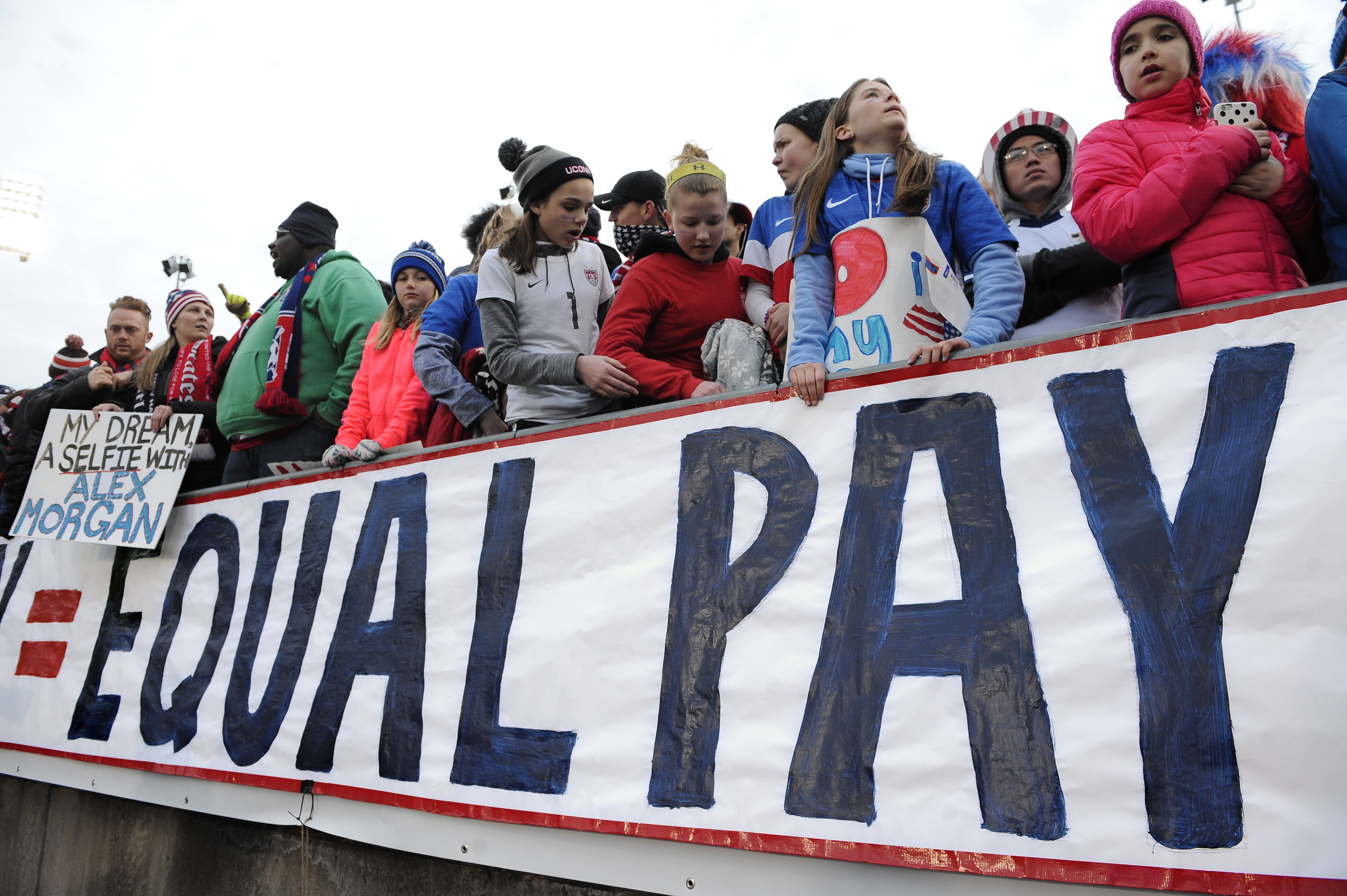In response to the Trump administration’s failure to comply with a court ruling, a federal court set a firm deadline for implementing a key wage transparency protection.

A federal court ordered the Trump administration to take immediate steps to comply with its March 4, 2019 order by collecting data on worker pay by gender, race and ethnicity no later than September 30, 2019. It also ordered the administration to fully compensate for its unlawful stay of this data collection by collecting two years of pay data, and it must provide regular reports to the court to ensure that it is on track to complete the data collection timely.
Judge Issues Stark Courtroom Reprimand: Trump Administration “Does Not Have Clean Hands” in Unlawful Rollback of Equal Pay Protection
In an oral decision, the court criticized the administration for failing to immediately reinstate this critical equal pay protection, which the court had previously ruled had been unlawfully rolled back. This order comes in response to the lawsuit we filed with the National Women’s Law Center and the Labor Council for Latin American Advancement.
The court identified several flaws in the evidence and arguments that the government had put forward throughout the litigation, particularly at an April 16, 2019 evidentiary hearing. Among the notable findings:
- The EEOC and OMB undertook “no meaningful review” of the stayed collection between OMB’s August 2017 stay and the court’s March 2019 order, even though the government repeatedly told the court that the existence of an ongoing “review” of the data collection should bar Plaintiffs’ lawsuit.
- The concerns about the collection process that the Defendants claimed as the basis for their delay in implementing the court’s March 4 order were “speculative, generalized, and, at times, unsubstantiated.”
- The government improperly withheld a key piece of information about the timetable for collecting the data if plaintiffs prevailed in the suit, affirmatively leaving plaintiffs and the court under the misimpression that the government would undertake an “efficacious and prompt collection” if the government lost.
The court imposed significant safeguards to ensure timely compliance with the September 2019 deadline. These include:
- Requiring the EEOC to issue a statement on its website and in the Federal Register by April 29, 2019 advising EEO-1 filers that the pay data will be collected by September 30, 2019.
- Requiring the EEOC, beginning May 3, 2019 and every 21 days thereafter, to provide compliance reports detailing the steps that have been taken since the prior report, steps expected to be taken before the next report, and indicating whether the agency is on track for a September 30 completion date.
- Declaring that the three year approval period for the data collection was paused during the government’s unlawful stay and therefore is extended until April 5, 2021 to compensate for the time lost.
- Declaring that the data collection will not be deemed complete until the EEOC ensured that the percentage of employers filing reports equals or exceeds the historical rate from prior year collections.
Over the government’s objection, the court also required the EEOC to collect two years of data—the EEOC must collect data for 2018 by the September 30, 2019 deadline and also collect either the 2017 data by the same deadline, or decide by May 3, 2019 to exercise the option of collecting 2019 data during the 2020 EEO-1 reporting period.
This is a major win for equal pay, won after an extended legal fight. Read more about our lawsuit: National Women’s Law Center, Labor Council for Latin American Advancement v. Office of Management and Budget